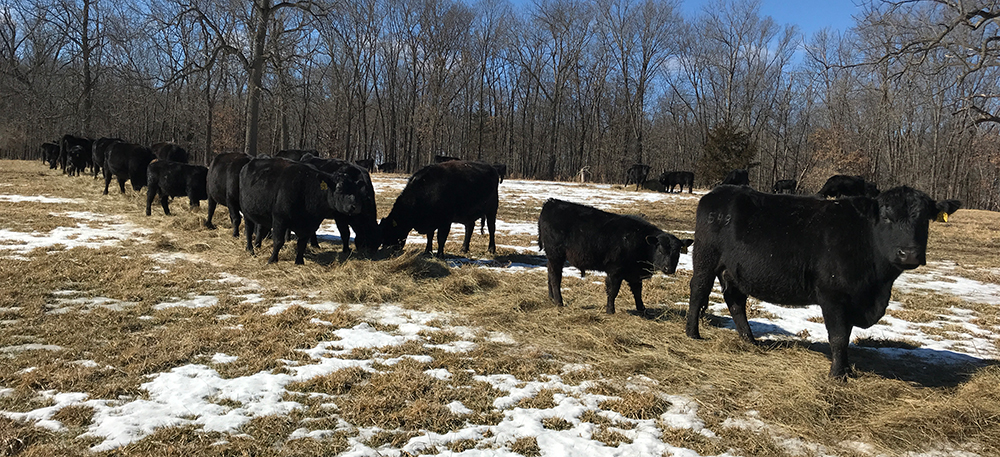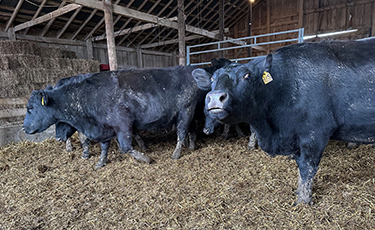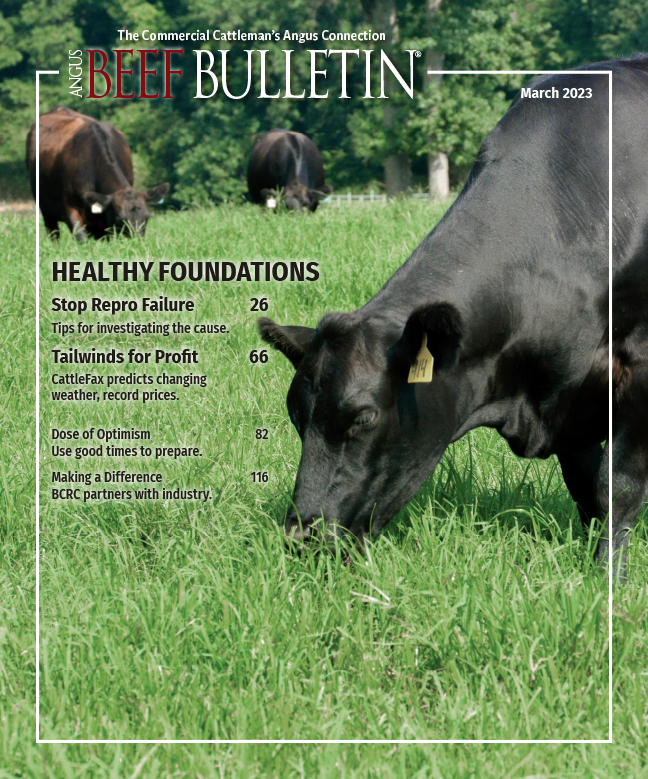
Extension Specialist Gives 4 O’s for ‘Crazy’ Cows
Unproductive cows eat up more than hay.
Load ’em up and ship ’em out. That’s the advice University of Missouri (MU) Extension livestock specialist Andy McCorkill gives on “crazy cows.”
Post-drought hay shortages have forced cattle producers to cull cows that aren’t a good fit for their operations. Short hay supplies press producers to tighten cow herds, but routine culling can improve herd management overall.
Even though the cull cow market has remained relatively stable, don’t carry unproductive cows through the winter, McCorkill says. Poor cows eat up more than hay. They eat up profit margins.
The daily feed costs for cows eating lower-quality hay and a feed supplement calculated many times to more than $3 per head per day this winter, McCorkill says. “Sticker shock really sinks in when you look at the costs over the whole winter. When you feed that way for 120 to 150 days per year, it’s easy to have $400 to $500 per head tied up in winter feed costs alone.”
That’s another reason to give freeloaders a ride on the first trailer headed to the sale barn.
McCorkill, like many other livestock producers who have been on the receiving end of an ornery cow, says he abides by the four “o’s” of culling cattle: open, old, ornery and other.
Select the right replacement heifers as you prepare to rebuild the breeding herd, he says. “The Show-Me-Select® platform is a sound approach to finding the ones that will work.” With costs like they are now, it may even be smart to maintain current, smaller inventories and evaluate management before adding additional animals back into the operation, he says.

|
Cows need to earn their keep, even in years when forages and hay are plentiful, he adds. Here are some guidelines:
- First-calf heifers must calve by 24 months.
- Cows should produce a calf each year.
- Cows must produce the right amount of milk for the calf.
- Keep cows with good genetics.
- Cows should maintain good body condition scores.
- Cows must have a good disposition.
For more guidelines, “Culling the Commercial Cow Herd: BIF Fact Sheet” is available at www.extension.missouri.edu/g2036.
MU Extension regional agronomy and livestock specialists can help plan. More information on forages is available from the Alliance for Grassland Renewal at www.GrasslandRenewal.org. The alliance includes partners from university, government, industry and nonprofit groups.
Editor’s note: Linda Geist is a senior strategic communication associate for the University of Missouri. [Photos by Shauna Hermel.]



